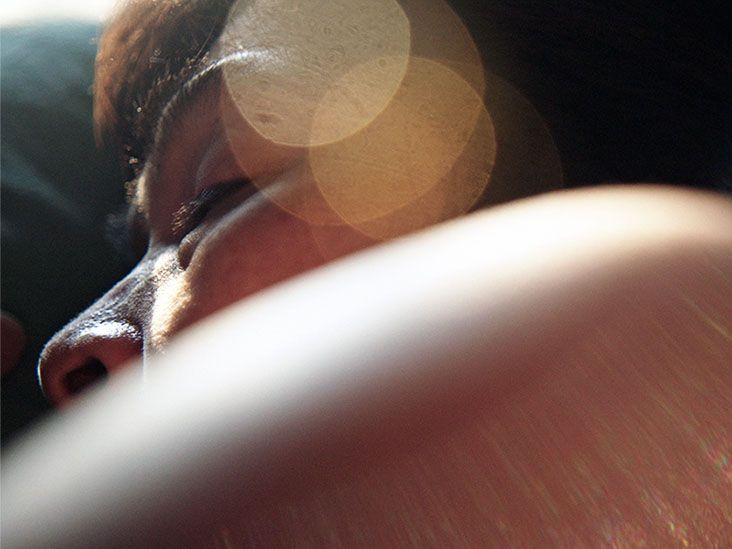Trichomoniasis (trich) may not turn into HIV. However, having trich may increase a person’s risk of contracting HIV or passing HIV to their partner.
According to the
Without treatment, trich infections can last months or even years. The infection can cause genital inflammation, which can increase the risk of contracting HIV or passing it to a partner.
Trich
A person can help minimize the risk of trich, HIV, or other STIs by taking proper precautions before having vaginal, oral, or anal sex. These approaches include:
- being in a long-term monogamous sexual relationship with someone without trich or another STI
- properly using a condom or other barrier method for each sexual encounter
- talking about the potential risks of STIs before having sex with a new partner
Sexual health resources
Visit our dedicated hub for more research-backed information and in-depth resources on sexual health.


